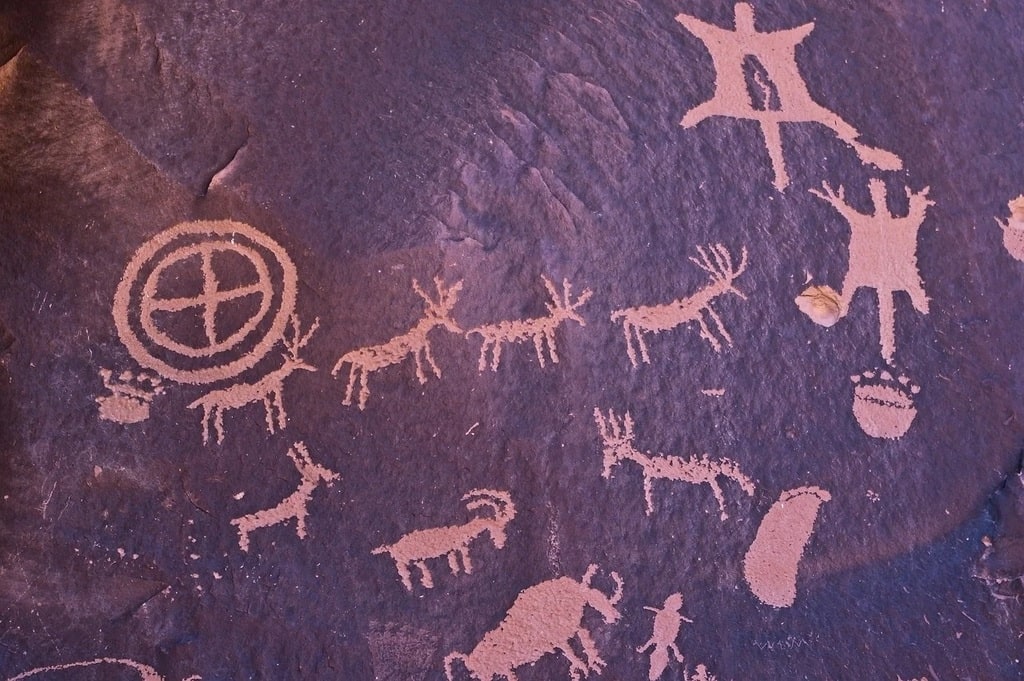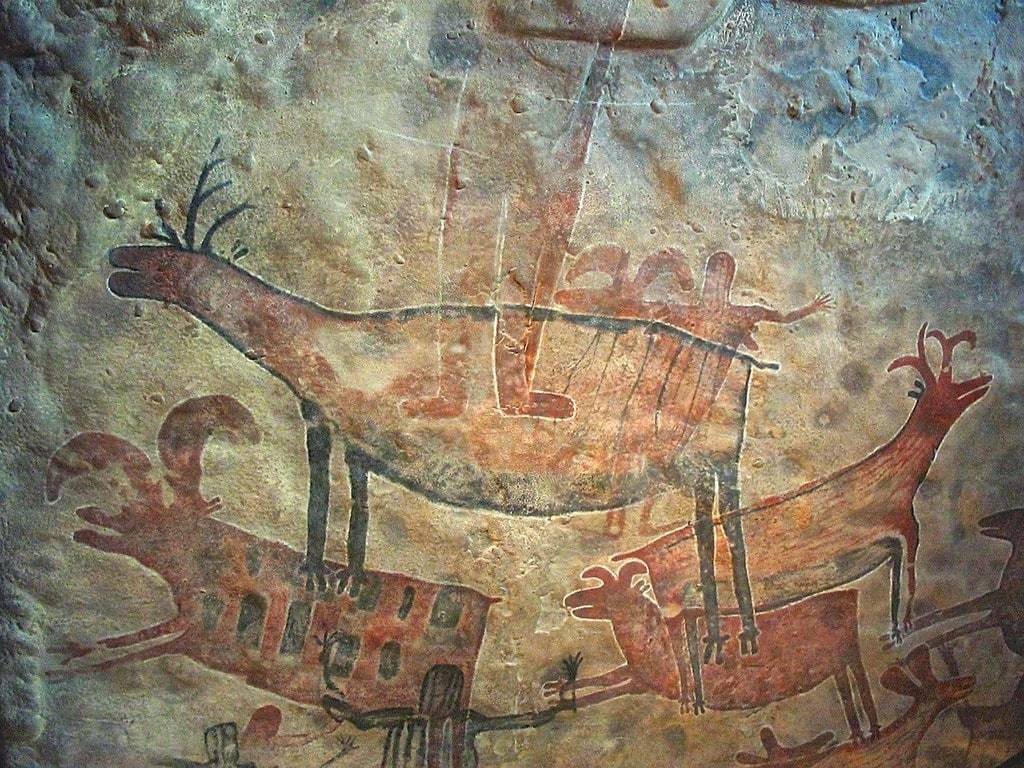Understanding cultural evolution through art
Understanding cultural evolution through art is a fascinating way to explore how societies change and develop over time. Art, in all its forms, serves as a mirror reflecting the values, beliefs, and experiences of people across different historical periods. Whether through paintings, sculptures, music, or literature, artistic expression has been a significant medium for communicating complex social realities and transformations. This article delves into the intricate relationship between art and cultural evolution, examining how artistic creations have influenced and documented the shifts in human thought and societal structures.
Art as a Reflection of Cultural Shifts
Throughout history, art has played a pivotal role in illustrating the cultural evolution of societies. From the symbolic cave paintings of the prehistoric era to the vibrant digital artworks of the 21st century, each artistic movement embodies the spirit of its time. For example, the Renaissance period witnessed a rebirth of classical knowledge and aesthetics, reflecting a renewed interest in humanism and scientific inquiry. During this era, artists such as Leonardo da Vinci and Michelangelo depicted the human form with unprecedented realism, symbolizing a shift towards individualism and the exploration of human potential.
In contrast, the 20th-century movements like Cubism and Surrealism challenged traditional artistic conventions, mirroring the fragmented and uncertain nature of modern life. These artistic revolutions were not merely aesthetic but were deeply intertwined with the social, political, and technological changes of their times. Artistic styles often evolve in response to cultural shifts, serving as both a product and a catalyst for change. This dynamic relationship between art and culture underscores the significance of artistic expression as a tool for understanding human history.

The Role of Art in Social Commentary
Art has always been a powerful medium for social commentary, providing a platform for voices that might otherwise remain unheard. Throughout history, artists have used their work to critique societal norms, question authority, and advocate for change. For instance, the Dada movement emerged as a reaction to the horrors of World War I, rejecting the logic and reason that had led to such widespread destruction. Similarly, the Harlem Renaissance of the 1920s was not only a celebration of African American culture but also a response to the pervasive racism and social inequality of the time.
In contemporary society, art continues to serve as a conduit for social critique. Street art and graffiti, for example, have become prominent forms of urban expression, often highlighting issues such as economic inequality, racial injustice, and political corruption. Through these visual dialogues, art engages the public in conversations about societal issues, challenging viewers to reflect and act. By capturing the essence of social movements and struggles, art becomes a testament to the ongoing evolution of cultural consciousness.
Art and Identity Formation
The intersection of art and identity is another compelling aspect of cultural evolution. Art allows individuals and communities to express their unique experiences and perspectives, shaping and reshaping notions of identity. Indigenous art, for example, is not just a representation of traditional aesthetics but a profound expression of cultural heritage and resilience. It communicates the values, histories, and stories that define a community’s identity, often in the face of external pressures to assimilate or conform.
In the globalized world, the fusion of different artistic traditions has given rise to hybrid forms of expression that challenge conventional boundaries. This blending of influences reflects the complex, multifaceted nature of modern identities, where cultural heritage and contemporary realities intersect. Art, in this context, becomes a space where identities are negotiated, contested, and celebrated. It provides a means for people to assert their place in the world, bridging the past and the present in the ongoing journey of cultural evolution.
The Digital Age and the Future of Art
The advent of digital technology has revolutionized the way art is created, shared, and experienced, opening new possibilities for cultural expression. Digital art forms, such as virtual reality installations, interactive media, and digital painting, have expanded the boundaries of traditional art, allowing for more immersive and participatory experiences. This technological transformation is not only changing the aesthetics of art but also its role in society.
In the digital age, art is increasingly democratized, with social media platforms enabling artists to reach global audiences instantaneously. This accessibility has led to a proliferation of diverse voices and styles, reflecting the plurality of contemporary culture. The digital realm has become a new frontier for artistic exploration, where the evolution of cultural narratives can be observed in real time. As technology continues to evolve, so too will the ways in which art reflects and shapes human experience.
- Key influences of art on cultural evolution include:
- Documenting social change: art serves as a historical record, capturing the zeitgeist of different eras.
- Challenging norms: artists often push the boundaries of accepted norms, encouraging societal reflection and transformation.
- Expressing identity: art provides a platform for exploring and affirming diverse identities, particularly in marginalized communities.
- Driving innovation: technological advancements in art offer new tools for creative expression, influencing cultural narratives.
The Enduring Impact of Art on Society
Art remains a vital force in shaping and reflecting cultural evolution. Its capacity to communicate complex ideas, challenge established norms, and provide a space for diverse voices ensures its continued relevance in the social sciences. As societies continue to change, art will undoubtedly evolve alongside, offering invaluable insights into the human condition and the ever-shifting landscape of cultural expression.
